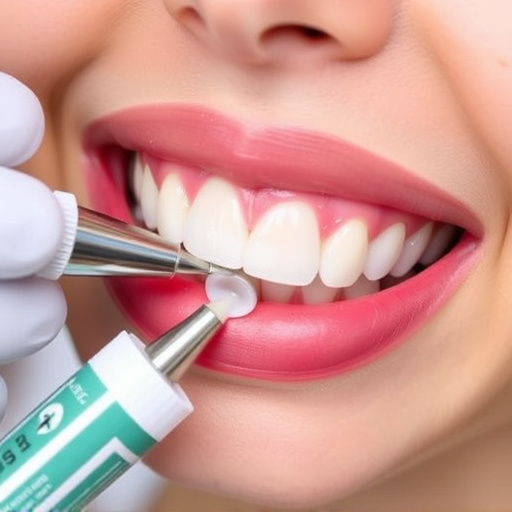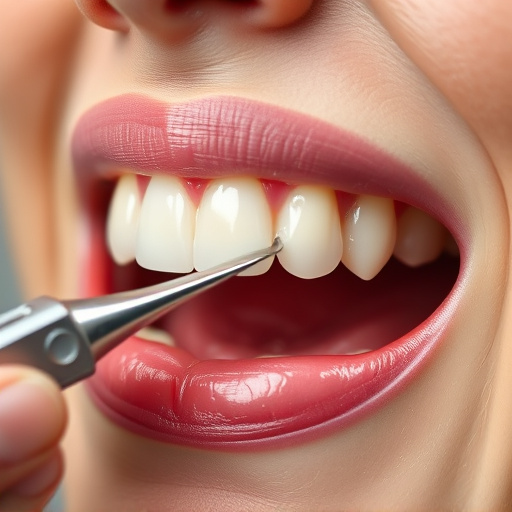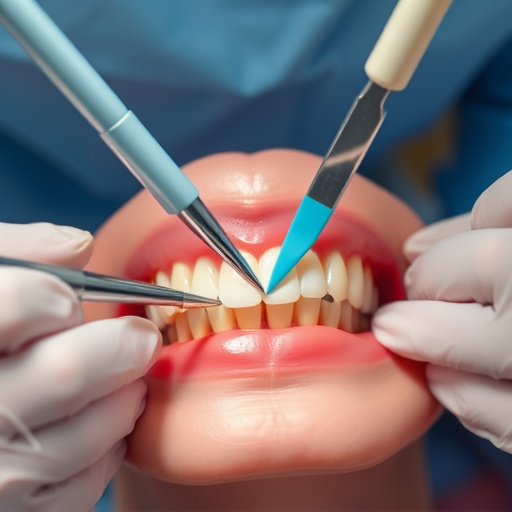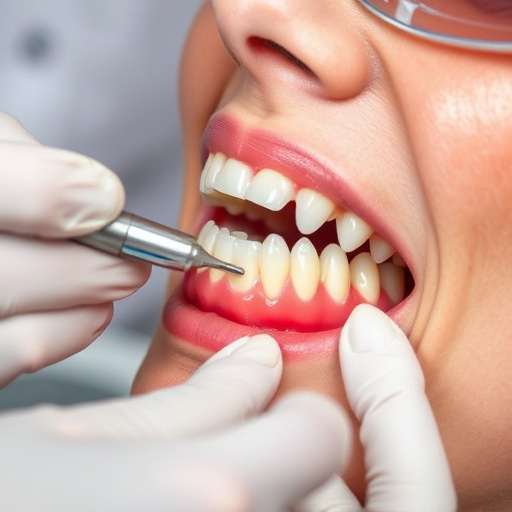Handicap accessible dental practices meticulously design spaces for inclusivity and comfort, featuring adaptive offices with specialized equipment, calming ambiances, and sensory considerations. Training staff in disability awareness and communication ensures personalized experiences, making routine check-ups and procedures less stressful for all patients, regardless of physical abilities.
In today’s inclusive world, ensuring every patient receives quality dental care, regardless of their abilities, is paramount. This article explores the concept of handicap accessible dental practices that go beyond compliance, prioritizing comfort for all. We delve into innovative space design, adaptive equipment, and staff training, showcasing how these practices create a welcoming environment for patients with disabilities. Discover practical strategies to enhance accessibility and transform dental care experiences.
- Designing Spaces: Adaptive Dental Offices for All
- Comfort Measures: Ensuring Relaxing Visits for Patients With Disabilities
- Training Staff: Creating an Inclusive Environment and Care
Designing Spaces: Adaptive Dental Offices for All
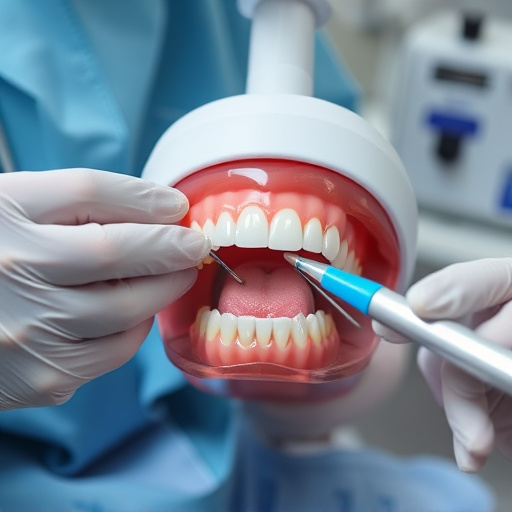
In designing handicap accessible dental practices, every space is carefully contemplated to ensure inclusivity and comfort for all patients. Adaptive offices incorporate features like wider doorways, lower work stations, and specialized equipment to cater to individuals with various physical abilities. These modifications go beyond basic compliance, aiming to create an inviting environment that puts patients at ease during their dental visits.
Special consideration is given to examination rooms, which are now equipped with adjustable chairs and enhanced lighting for better visibility. Many offices also offer lowered counters and specialized tools for more accessible dental cleanings and routine oral exams. The focus on adaptive design extends to the overall ambiance, creating a calming atmosphere that fosters trust and comfort, especially for those who may have previously avoided dental care due to accessibility barriers. This thoughtful approach to space ensures that restorative dentistry services are not only available but also experienced in a manner that respects and honors every patient’s unique needs.
Comfort Measures: Ensuring Relaxing Visits for Patients With Disabilities
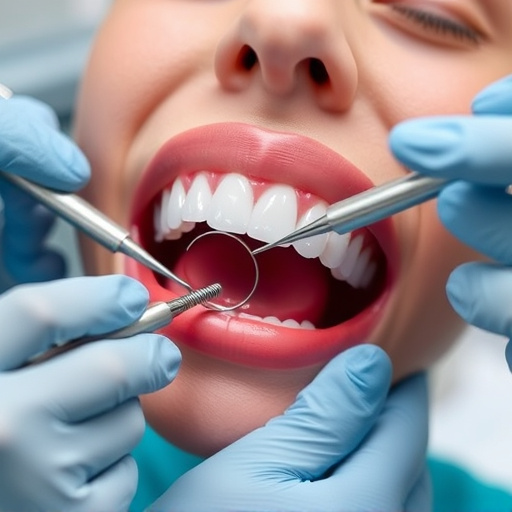
Creating a welcoming and relaxing environment for patients with disabilities is a key aspect of any handicap accessible dental practice. Comfort measures go beyond ensuring physical accessibility; it involves fostering a sense of ease and security. This can include offering sensory-friendly tools like noise-reducing headphones or quiet, private examination rooms to accommodate anxiety related to dental procedures.
The dental team plays a crucial role in promoting patient comfort. They should be trained to communicate effectively with patients having diverse needs, using simple language and clear instructions. Providing options for pain management and offering various treatment choices, such as cosmetic fillings or clear aligners, can empower patients to make informed decisions and contribute to a more positive dental experience. This holistic approach to care ensures that every patient, regardless of their physical abilities, receives comprehensive dental care in a setting that prioritizes comfort and respect.
Training Staff: Creating an Inclusive Environment and Care
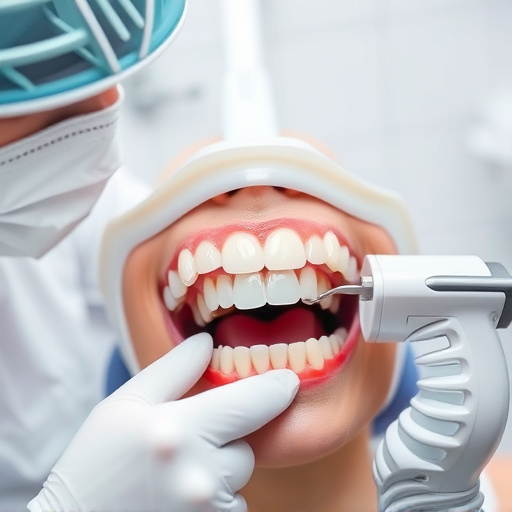
In a handicap accessible dental practice that prioritizes comfort, staff training is paramount to creating an inclusive environment and delivering exceptional care. Every member of the team should be educated on disability awareness, communication techniques, and adapted dental procedures. This ensures patients with diverse needs feel welcomed and respected from the moment they walk in. For instance, training could cover simple adaptations like using clear and concise language, providing visual aids, or offering specialized equipment for examination and treatment.
By fostering a culture of inclusivity, these practices go beyond meeting accessibility standards to offer a truly personalized experience. This might include offering relaxed waiting areas, providing privacy during procedures, and even incorporating sensory considerations for patients with sensory processing disorders. Such attention to detail contributes to a calming atmosphere, making routine check-ups or specialized treatments like dental bonding, cosmetic fillings, or wisdom tooth removal less stressful for all patients, regardless of their abilities.
Handicap accessible dental practices that prioritize comfort are not just amenities; they are essential components of inclusive healthcare. By implementing thoughtful design, employing comforting measures, and ensuring staff training, these offices create an environment where all patients feel welcomed and at ease. This approach not only enhances patient experiences but also ensures equal access to quality dental care for individuals with disabilities. Embracing these principles is a step towards a more inclusive and caring dental community.
